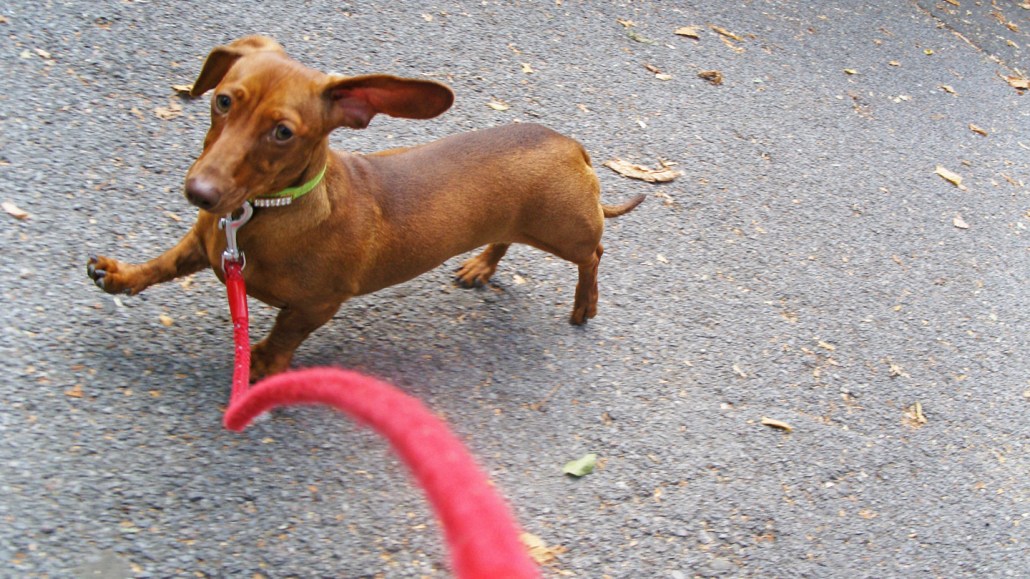Ice Age hunters’ leftovers may have fueled dog domestication
Ancient people tamed wolves by feeding them surplus game, researchers suggest

Saddled with more lean meat than they could safely consume, ancient northern Eurasian hunter-gatherers may have fed some of it to wolves in the first step toward dog domestication, researchers propose.
Richard Newstead/The Image Bank/Getty Images







